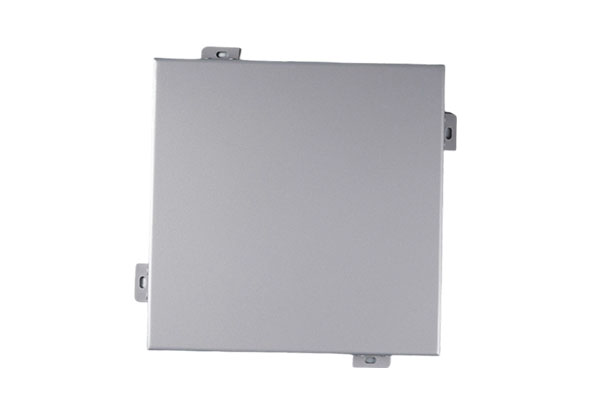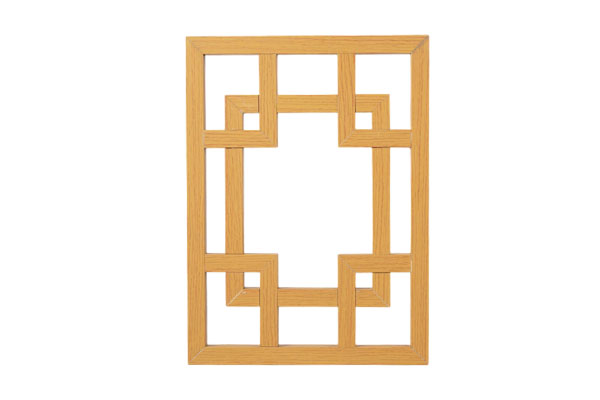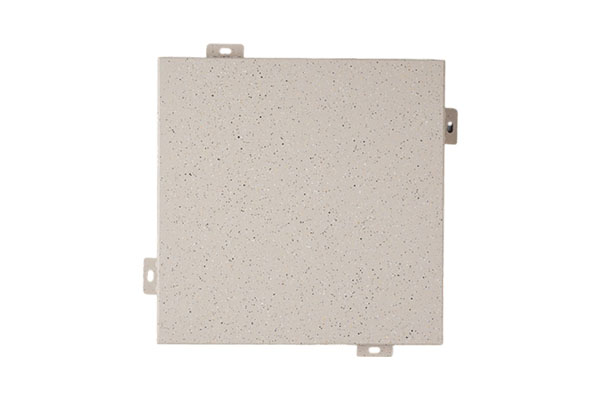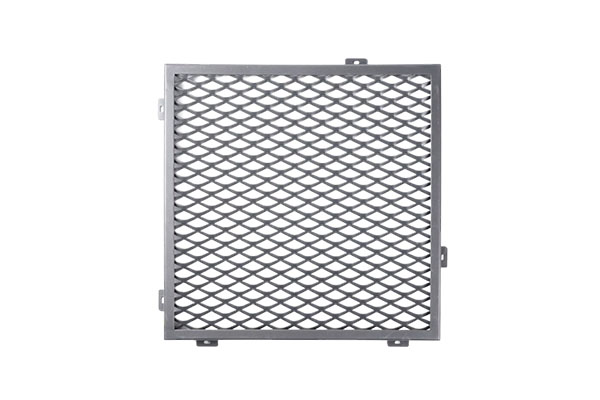What specific advantages does the lightweight material of aluminum ceiling bring to its installation?
Release Time : 2025-03-10
In modern architectural decoration, aluminum ceiling is favored for its many advantages, among which the lightweight material is one of its notable features. This feature not only improves the practicality of aluminum ceiling, but also brings many conveniences during the installation process, making it an ideal choice for many construction projects.
The lightweight material of aluminum ceiling means that its weight is much lighter than traditional materials. This greatly reduces the labor intensity of installers, making it easier for them to carry and position aluminum ceilings during construction. Traditional ceiling materials such as gypsum board or wood often require the cooperation of multiple people to complete the handling and installation due to their heavy weight. The lightweight design of aluminum ceiling makes this process easier, and even a single person can operate it, thereby improving construction efficiency.
Lightweight materials also help reduce safety hazards during installation. In high-rise buildings or scenes where suspended installation is required, reducing the weight of materials means reducing the risk of falling during installation. This is crucial to ensure the safety of construction workers. At the same time, lightweight materials are also easier to be firmly fixed on the bracket, reducing the possibility of loosening or damage of the fixings due to excessive weight of the material.
The lightweight material of aluminum ceiling also helps to speed up the installation. Due to its light weight, aluminum ceiling is easier to be accurately positioned and adjusted during installation. This makes the installation process smoother and reduces the positioning difficulties and adjustment time caused by excessive weight of the material. At the same time, lightweight materials are also easier to cut and shape to adapt to various complex installation environments. This further shortens the installation cycle and improves the overall construction efficiency.
In addition, lightweight materials can also help reduce transportation costs. The lighter weight of aluminum ceiling means that the fuel and labor costs required during transportation are also reduced accordingly. This not only helps to reduce the overall project cost, but also reduces the carbon emissions generated by transportation, which is in line with the concept of modern green buildings.
From an environmental protection perspective, the lightweight material of aluminum ceiling is also of great significance. Lightweight materials often mean that the use of raw materials can be reduced during the production process, thereby reducing resource consumption. At the same time, as a recyclable material, aluminum's lightweight design is also easier to recycle, reducing the pollution of construction waste to the environment.
In summary, the lightweight material of aluminum ceiling brings many advantages during the installation process, including reducing labor intensity, improving safety, speeding up installation, reducing transportation costs, and complying with environmental protection concepts. These advantages make aluminum ceiling one of the preferred materials in modern architectural decoration, meeting people's diverse needs for beauty, practicality and environmental protection.
The lightweight material of aluminum ceiling means that its weight is much lighter than traditional materials. This greatly reduces the labor intensity of installers, making it easier for them to carry and position aluminum ceilings during construction. Traditional ceiling materials such as gypsum board or wood often require the cooperation of multiple people to complete the handling and installation due to their heavy weight. The lightweight design of aluminum ceiling makes this process easier, and even a single person can operate it, thereby improving construction efficiency.
Lightweight materials also help reduce safety hazards during installation. In high-rise buildings or scenes where suspended installation is required, reducing the weight of materials means reducing the risk of falling during installation. This is crucial to ensure the safety of construction workers. At the same time, lightweight materials are also easier to be firmly fixed on the bracket, reducing the possibility of loosening or damage of the fixings due to excessive weight of the material.
The lightweight material of aluminum ceiling also helps to speed up the installation. Due to its light weight, aluminum ceiling is easier to be accurately positioned and adjusted during installation. This makes the installation process smoother and reduces the positioning difficulties and adjustment time caused by excessive weight of the material. At the same time, lightweight materials are also easier to cut and shape to adapt to various complex installation environments. This further shortens the installation cycle and improves the overall construction efficiency.
In addition, lightweight materials can also help reduce transportation costs. The lighter weight of aluminum ceiling means that the fuel and labor costs required during transportation are also reduced accordingly. This not only helps to reduce the overall project cost, but also reduces the carbon emissions generated by transportation, which is in line with the concept of modern green buildings.
From an environmental protection perspective, the lightweight material of aluminum ceiling is also of great significance. Lightweight materials often mean that the use of raw materials can be reduced during the production process, thereby reducing resource consumption. At the same time, as a recyclable material, aluminum's lightweight design is also easier to recycle, reducing the pollution of construction waste to the environment.
In summary, the lightweight material of aluminum ceiling brings many advantages during the installation process, including reducing labor intensity, improving safety, speeding up installation, reducing transportation costs, and complying with environmental protection concepts. These advantages make aluminum ceiling one of the preferred materials in modern architectural decoration, meeting people's diverse needs for beauty, practicality and environmental protection.







